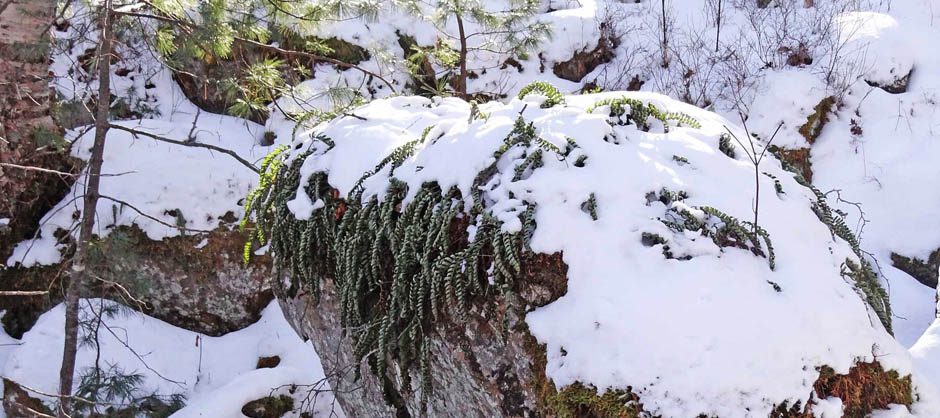| Related pages on this website Exotic & Invasive Plants
|
Native species: A species that has been observed in the form of a naturally occurring and self-sustaining population in historical times. Bern Convention 1979 [UNEP]
Native species: In biogeography, a native species is indigenous to a given region or ecosystem if its presence in that region is the result of only natural processes, with no human intervention. The term is equivalent to the concept of indigenous or autochthonous species. Every wild organism (as opposed to a domesticated organism) is known as an introduced species within the regions where it was anthropogenically introduced.[4] If an introduced species causes substantial ecological, environmental, and/or economic damage, it may be regarded more specifically as an invasive species. [Wikipedia, references removed]
Introduced species: An introduced species, alien species, exotic species, adventive species, immigrant species, foreign species, non-indigenous species, or non-native species is a species living outside its native distributional range, but which has arrived there by human activity, directly or indirectly, and either deliberately or accidentally. Non-native species can have various effects on the local ecosystem. Introduced species that become established and spread beyond the place of introduction are considered “naturalized“. The process of human-caused introduction is distinguished from biological colonization, in which species spread to new areas through “natural” (non-human) means such as storms and rafting. [Wikipedia]
Alien Species: A species, subspecies or lower taxon, introduced outside its natural past or present distribution; includes any part, gametes, seeds, eggs, or propagules of such species that might survive and subsequently reproduce. – Secretariat of the Convention on Biological Diversity 2002 [UNEP]
From Hill and Blaney on Exotics*:
(a) exotic species — a species that evolved in another geo-graphic region and has arrived through any agency into a new area in recent times.
(b) to establish — to complete the life cycle (usually but not necessarily via sexual reproduction) successfully in the wild in the new area.
(c) to naturalise — to establish stable populations in the new area.
(d) invasive species — an exotic species that is regenerating in the wild in sufficient numbers to influence the dynamics of native plant communities.
(e) pest — an invasive species that is likely reducing native species biodiversity or is markedly affecting ecosystem function. Note that there has been no incontrovertible demonstration that any exotic species in the AME [Atlantic Maritime Ecozone] fits this definition.
*Hill, N.M., and Blaney, C.S. 2009. Exotic and invasive vascular plants of the Atlantic Maritime Ecozone. In Assessment of Species Diversity in the Atlantic Maritime Ecozone. Edited by D.F. McAlpine and I.M. Smith. NRC Research Press, Ottawa, Canada. Pages 1–18.
